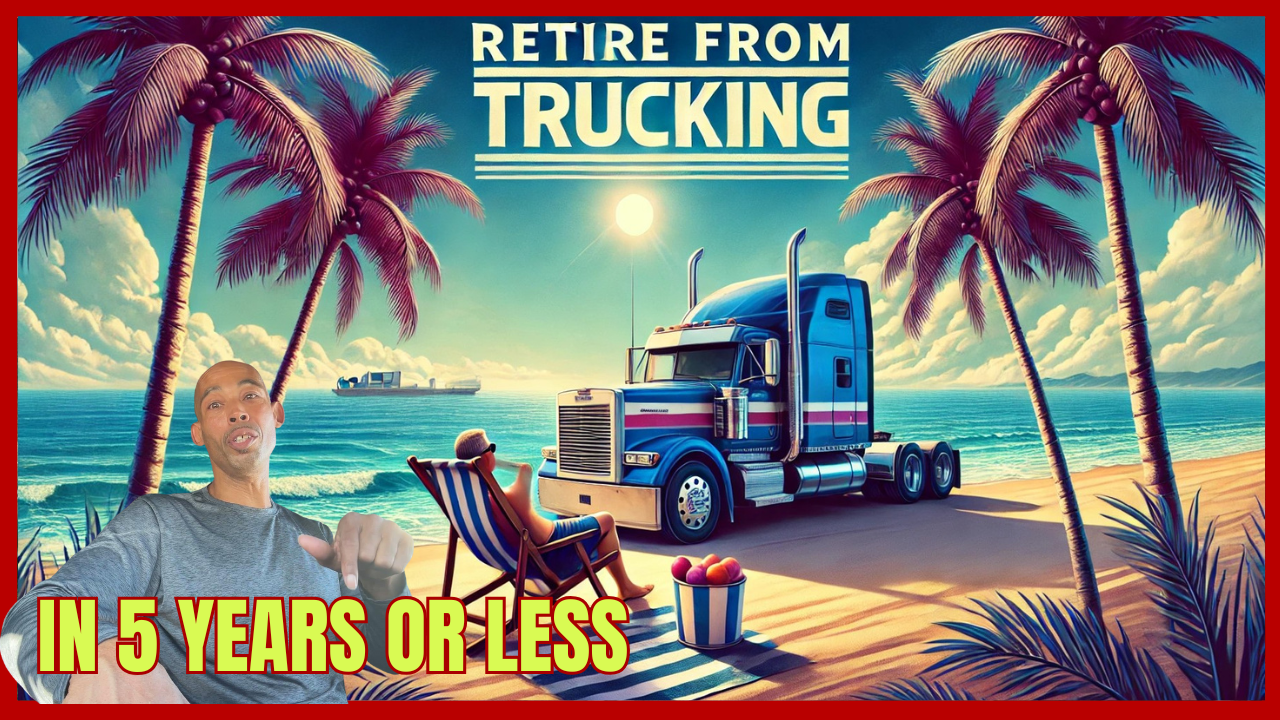Significant Points in Trucking pt 1
by Carl
(Midwest)
Carl Smith (American Trucker)
Significant Points
* Truck drivers and driver/sales workers comprise one of the largest occupations, holding 3.2 million jobs.
* Overall job opportunities should be favorable, especially for long-haul drivers.
* A commercial driver's license is the most important qualification for most jobs.
Nature of the Work
Almost every product sold in the United States spends at least some time in a truck. While planes, trains, and ships are also used to transport goods, no other form of transportation has the same level of flexibility as a truck. As a result, trucks are used to transport everything from canned food to automobiles. Truck drivers and driver/sales workers operate these vehicles.
Drivers are responsible for picking up and delivering freight from one place to another. This may be from a manufacturer to a distribution center, from a distribution center to a customer, or between distribution centers. In addition, drivers may be responsible for loading and unloading their cargo. They are also responsible for following applicable laws, keeping logs of their activities, and making sure that their equipment is in good working condition.
Heavy truck and tractor-trailer drivers operate trucks or vans with a capacity of at least 26,001 pounds gross vehicle weight (GVW). The vast majority of these are over-the-road or long-haul drivers, meaning they deliver goods over intricate routes that may span several States. Some drivers have regular routes or regions where they drive the most, while others take on routes throughout the country or even to Canada and Mexico.
Long-haul drivers are often responsible for planning their own routes. In most cases, operators are given a delivery location and deadline, and they must determine how to get the shipment to its destination on time. This can be difficult, as drivers must find routes that allow large trucks, and must work within the rules imposed by the U.S. Department of Transportation. Drivers must fill out logs to show that they have followed these rules, which mandate maximum driving times and rest periods between shifts. Companies sometimes use two drivers on long runs to minimize downtime. On these “sleeper” runs, one driver sleeps in a berth behind the cab while the other operates the truck.
Light or delivery services truck drivers often called pick-up and delivery or P&D drivers deliver goods within an urban area or small region. In most cases, they carry shipments from distribution centers to businesses or households. Drivers who work for package delivery services may have a single load and make many stops over the course of the day, while other drivers might have several loads in the course of a day. Depending on the load, drivers may have helpers who load
Specialized Hauling
Specialized truck driver’s work with unusual loads. While most trucks carry freight loads in semi-trailers or vans, some carry liquids, oversized loads, or cars. Others carry hazardous materials, such as dangerous chemicals needed for industrial purposes, or waste from chemical processes that must be stored in approved facilities. Drivers who work with these types of loads must follow strict procedures to make sure their loads are delivered safely.
Route Drivers
Some drivers, called driver/sales workers or route drivers, have sales responsibilities. For example, many driver/sales workers deliver and arrange goods to be sold in grocery stores. They may recommend that a store increase their inventory or encourage store managers to sell new products. Companies that rent linens, towels, or uniforms employ driver/sales workers to visit businesses regularly to replace soiled laundry. Driver/sales workers may also be responsible for soliciting new customers along their routes.
Work environment. Despite new technologies such as power steering, driving a truck is still a physically demanding job. Driving for many hours at a stretch, loading and unloading cargo, and making many deliveries can be tiring. Making the decision to work as a long-haul driver is a major lifestyle choice—drivers may be away from home for days or weeks at a time, and they often spend a great deal of time alone. Local truck drivers usually return home in the evening.
The U.S. Department of Transportation regulates work hours and other working conditions of truck drivers engaged in interstate commerce. A long-distance driver may drive for no more than 11 hours per day, and work a total of no more than 14 hours—including driving and non-driving duties. Between working periods, a driver must have at least 10 hours off duty. Drivers also cannot work more than 60 hours in a week without being off-duty for at least 34 hours straight. Drivers are required to document their time in a log, which shows working hours and mileage by day. Many drivers, particularly on long runs, work close to the maximum time permitted because they are usually compensated according to the number of miles they drive. Drivers on long runs face boredom, loneliness, and fatigue. Drivers often travel nights, holidays, and weekends.
Local truck drivers frequently work 50 or more hours a week. Drivers, who handle food for chain grocery stores, produce markets, or bakeries typically work long hours—often late at night or early in the morning. Most drivers have regular routes, although some have different routes each day. Many local truck drivers—particularly driver/sales workers—do a considerable amount of lifting, carrying, and walking.






